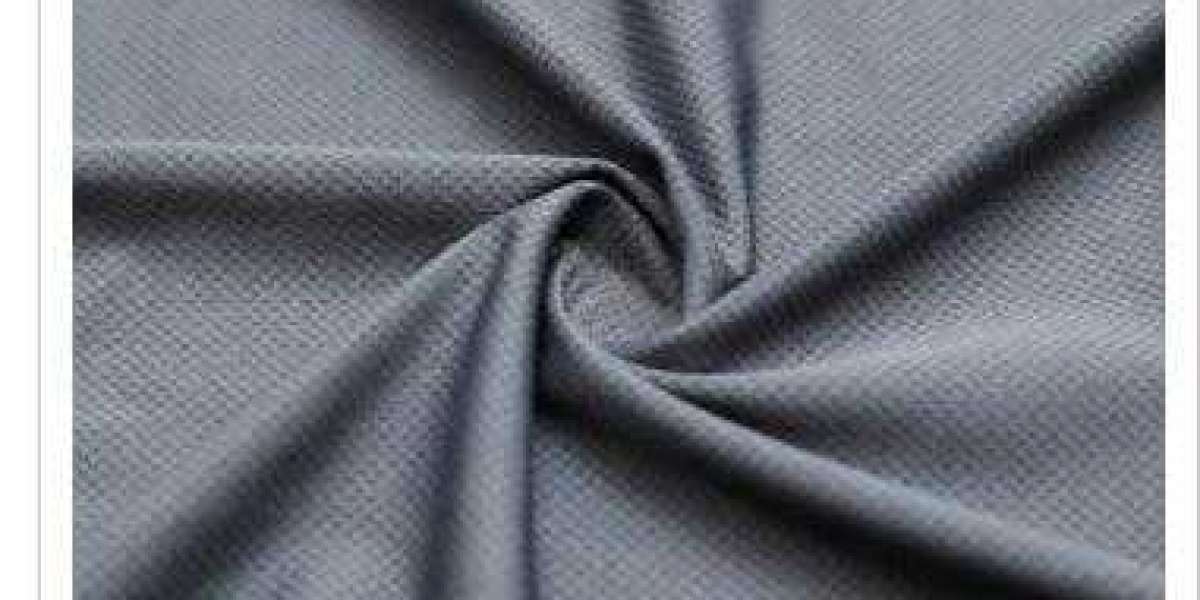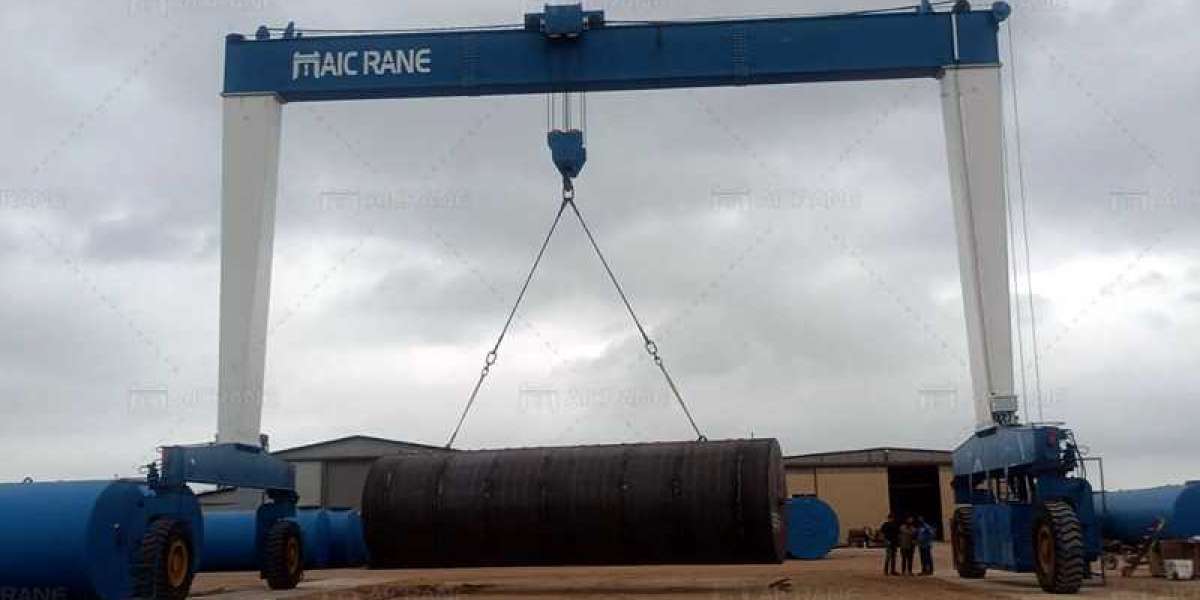Mechanical stretch fabrics typically involve fabrics that are 100% polyester but have horizontal 2-way stretch to the fabric. This leaves the fabric free of spandex, but can still be stretchy. The elasticity of polyester and the criss-cross processing of production gives the fabric its "spandex" feel.
Most mechanical stretch fabrics allow the fabric to breathe better. It also makes the fabric itself softer and wrinkle-free. Most mechanical stretch fabrics can also be treated with flame-retardant chemicals.
Spandex fibers are very elastic and can be mixed with other fibers in varying proportions to produce the desired stretch percentage. The blended fibers are then spun into yarns for knitting or weaving into fabrics.
The tensile properties of spandex come from the chemical composition of the fiber. Fiber bundles contain two types of segments—short structural segments and long, soft, invisible segments. When you stretch the fiber, the long sections straighten out, extending the length of the fiber. When the force is removed and the stretch is restored, the long segment retracts to the fiber's natural state defined by the bond of the structure and the short segment.
Spandex is a key ingredient in most modern stretch fabrics, making garments more resistant to stretch by improving recovery.
Haining Xutong New Material Co., Ltd. is a corduroy fabric manufacturer and Corduroy fabric supplier from China. The company specializes in wholesale and retail of well-known Ice Velvet Fabric.






